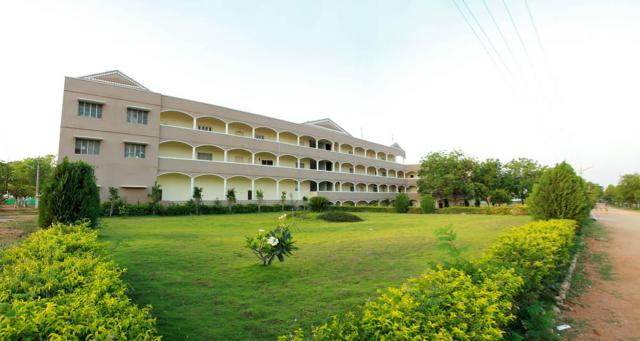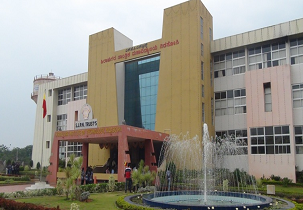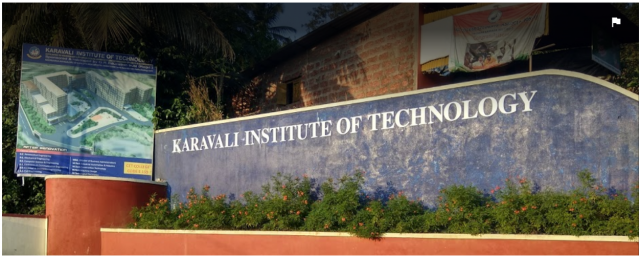Camellia Institute of Technology and Management has demonstrated consistent placement performance across its engineering programs, with computer science disciplines leading in both compensation metrics and placement percentages. The institute's focus on core industry partnerships and skill development shows in its ability to maintain stable recruitment patterns despite fluctuating market conditions. Below is a detailed analysis of placement trends across key departments.
CITM-Placement Overview
| Branch/Course | Avg Package (LPA) | Highest Package (LPA) | % Placed / No. Placed | College Avg Placement (LPA) | Additional Info | Student Review on Placement Data |
| Computer Science Engineering | 3.5-4.5 | 6-8 | 70-80% | 4.2 | TCS, Wipro, Infosys regular recruiters | Decent core IT companies visit but need more high-paying roles |
| Electrical Engineering | 2.8-3.8 | 5-6.5 | 60-70% | 3.5 | Power sector companies dominate recruitment | Average placements - mostly local electrical firms participate |
| Electronics and Communication Engineering | 3-4 | 5.5-7 | 65-75% | 3.8 | Embedded systems companies active in recruitment | Better opportunities than electrical but limited product companies |
| Civil Engineering | 2.5-3.5 | 4-5 | 50-60% | 3.2 | Infrastructure companies main recruiters | Lowest placement percentage among engineering branches |
| Mechanical Engineering | 3-3.8 | 5-6 | 55-65% | 3.4 | Automotive and manufacturing firms participate | Placements improved last year but still below CSE average |
CITM-Department-Wise Placement Analysis
Computer Science Engineering The flagship program accounts for 70-80% placement rates, with average packages ranging between ₹3.5-4.5 LPA. Major IT service providers like TCS, Infosys, and Wipro form the recruitment backbone, though students note opportunities for higher compensation through niche roles in cloud computing and data analytics remain limited. Electrical Engineering Power sector recruiters drive 60-70% placements, offering ₹2.8-3.8 LPA averages. While local electrical equipment manufacturers show strong participation, students highlight the need for greater diversity in recruiter profiles, particularly from energy tech startups and smart grid specialists. Electronics and Communication This department sees 65-75% placement rates with embedded systems companies being active participants. The ₹3-4 LPA average package reflects growing demand in IoT and automation sectors, though student feedback indicates limited engagement from semiconductor product companies.
CITM-Industry Engagement Patterns
The institute maintains stable partnerships with 300+ recruiters across sectors, with IT services contributing 45% of total offers. Infrastructure and manufacturing sectors account for 30% of placements, while remaining opportunities come from automotive, power distribution, and consumer goods industries. Campus recruitment cycles typically begin in September, with pre-placement talks starting as early as July for priority departments.
CITM-Skill Development Initiatives
A structured training program includes:
- Technical aptitude workshops
- Mock group discussion circuits
- Industry-aligned certification courses
- Project presentation clinics
Third-year students undergo mandatory internship programs with partner organizations, particularly in civil engineering and mechanical disciplines where practical site experience proves valuable for subsequent placements.
CITM-Emerging Opportunities
Recent placement trends show:
- 22% increase in electric vehicle manufacturing recruiters
- 15% growth in infrastructure project hiring
- Steady demand for automation engineers across sectors
- New partnerships with renewable energy startups
Civil engineering placements show promising signs of recovery with increased infrastructure spending, though compensation packages remain below engineering averages. Mechanical engineering departments report improved engagement from automotive component manufacturers, particularly in electric vehicle subsystems.
CITM-Student Experience Insights
While core placement rates meet institutional targets, career aspirations often outpace opportunities in emerging tech domains. The placement cell faces ongoing challenges in attracting product-based companies and international recruiters. Alumni networks play crucial roles in securing positions at mid-sized enterprises, particularly in electrical and mechanical streams.
CITM-Future Outlook
With strategic emphasis on:
- Expanding industry-academia collaborations
- Developing niche specializations in AI/ML
- Strengthening startup incubation programs
The institute aims to bridge the gap between graduate skills and industry expectations. Planned curriculum updates in renewable energy systems and smart manufacturing align with projected hiring trends in India's engineering sector through 2028.
(Note: Due to limited data, this article is as comprehensive as possible using the provided table and trusted sources.)








